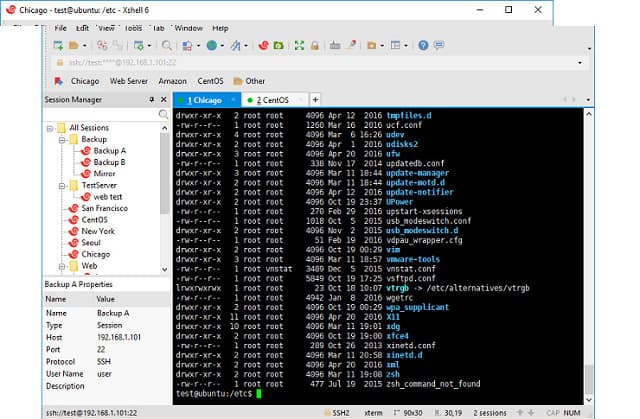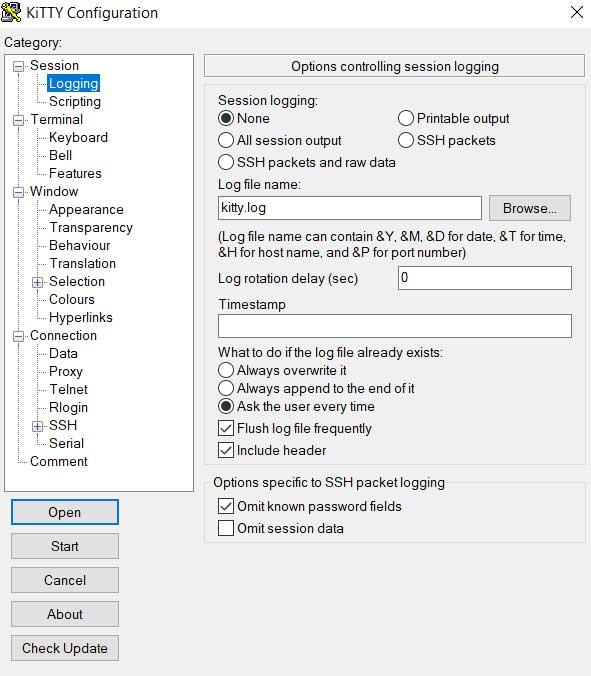


It is compatible with all of the major SSH/SFTP servers, and it is easy to install and set up. It is free and supports an unlimited number of user connections. It provides secure SSH features and SFTP client capabilities.

Bitviseīitvise is another SSH client tool which works only on Windows (supports all versions up to the newest Windows 10). PuTTY is the most popular SSH client tool out there and you can even use it without installing (portable version). You can also do local, remote, or dynamic port forwarding. It gives you control over the SSH encryption key, and it uses its own format of key files. It was originally made for Windows, but it also runs on Mac and Linux machines. It allows you to use remote machines, and it is free and open source. There’s a lot more flexible autocomplete with zsh, and if you’re interested in moving to zsh on macOS Mojave then there are plenty of helpful guides for getting the best terminal setup and getting used to zsh before bash is fully phased out.PuTTY is a client program for SSH, and it allows you to run a remote secure session over a network. While a number of Mac developers have already moved on to even more modern shells like Fish, zsh is more compatible with Bourne shell (sh) and mostly compatible with bash. Apple has kept clear of using GPLv3 packages in macOS as the license is generally more restrictive to companies like Apple that sign their own code and it includes explicit patent grants, too. Apple is stuck using version 3.2 of bash that has been licensed under GPLv2, as newer versions are licensed under GPLv3. Bash will still be available, but Apple is signaling that developers should start moving to zsh on macOS Mojave or earlier in anticipation of bash eventually going away in macOS.Īpple hasn’t explained exactly why it’s making this change, but bash isn’t exactly a modern shell as it’s implemented in macOS, and a switch to something less aging makes a lot more sense for the company. All newly created user accounts in macOS Catalina will use zsh by default. Starting with macOS Catalina, Macs will now use zsh as the default login shell and interactive shell across the operating system. Apple unveiled macOS Catalina yesterday with support for iPad apps and lots of new features, but a big change for developers and power users was missing from the on stage presentation.


 0 kommentar(er)
0 kommentar(er)
